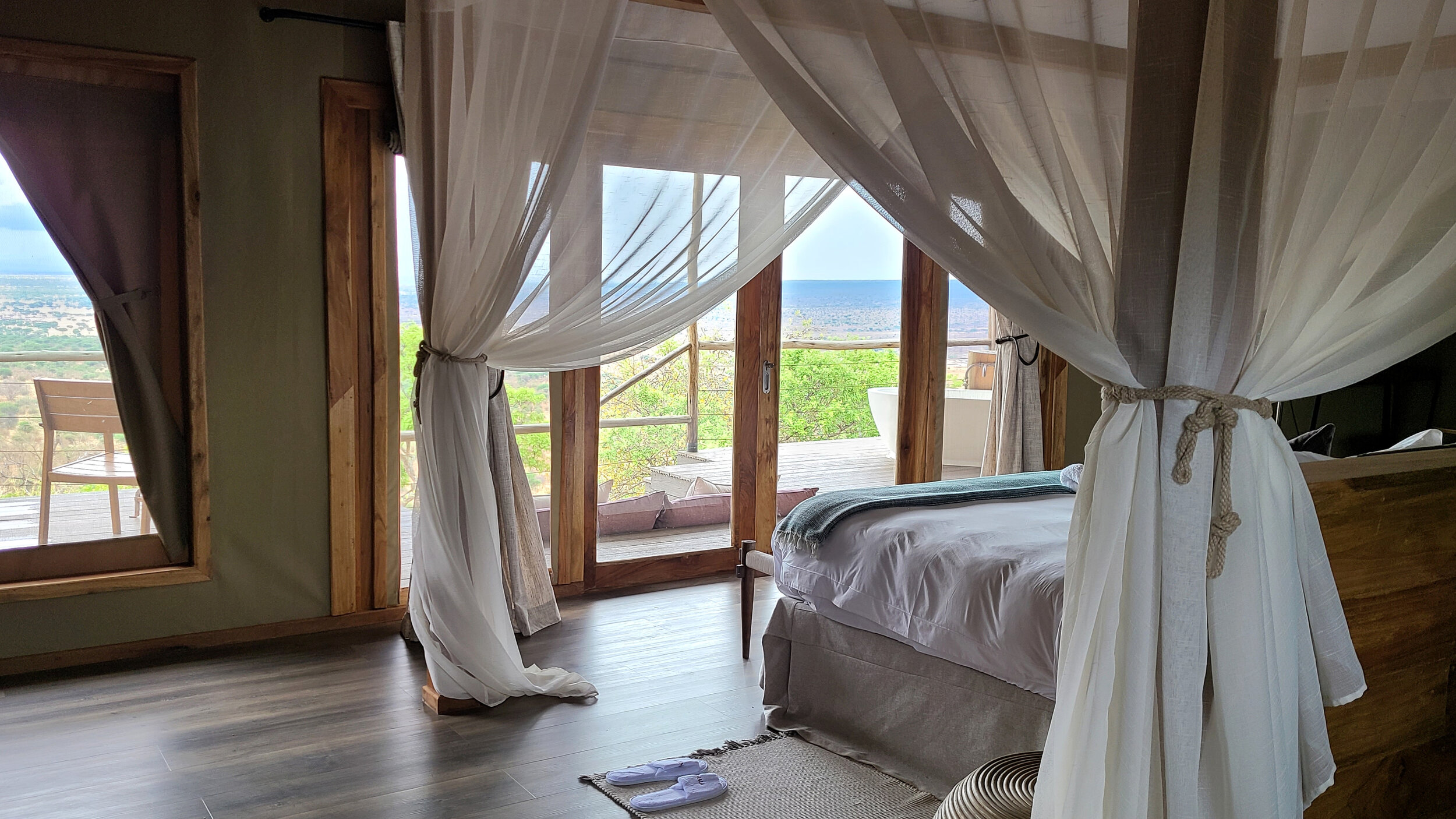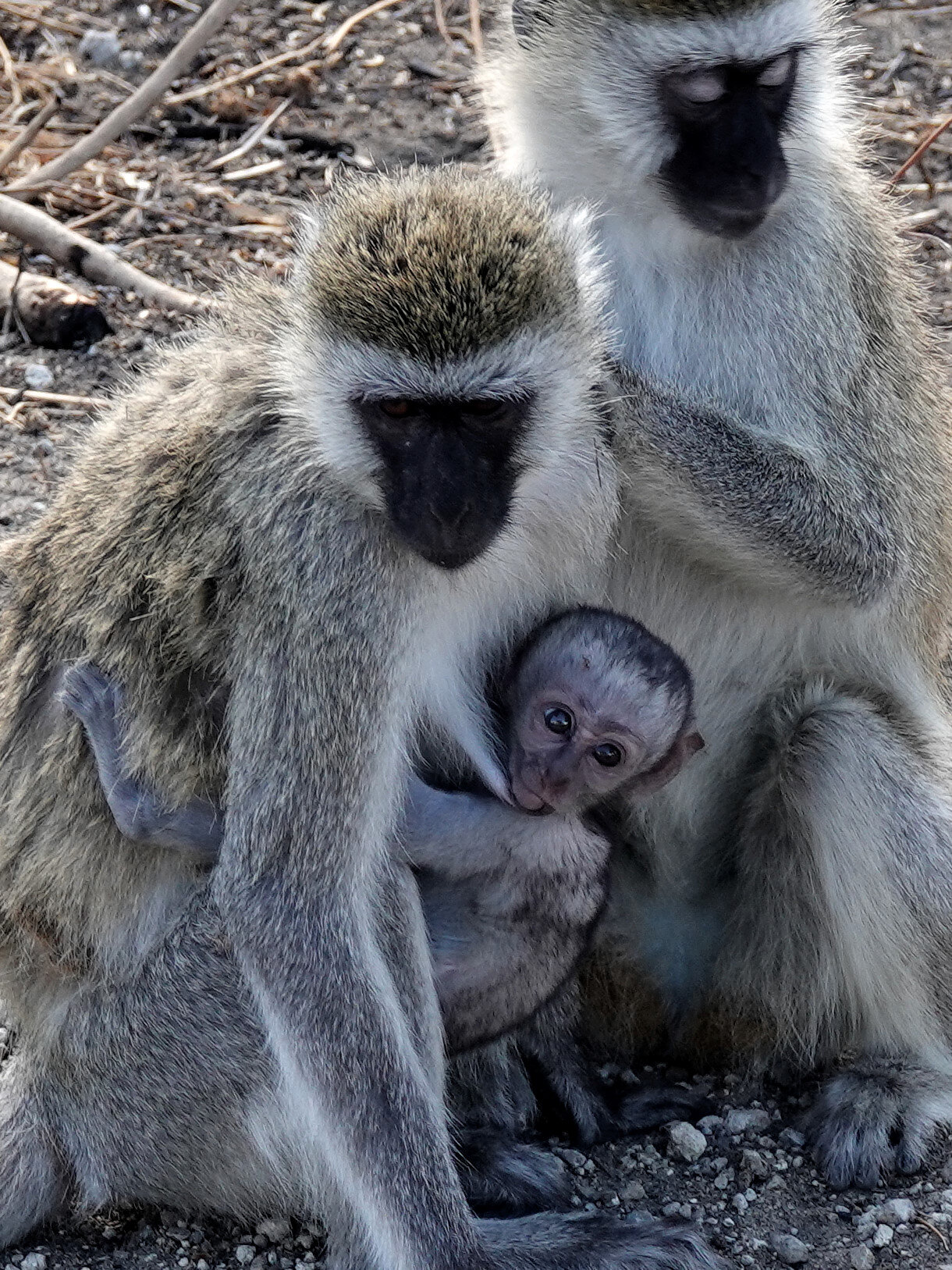Tanzania – Tarangire
Some of you may have seen the “Live Facebook” videos posted from Tanzania in November 2020. There were not as many, nor perhaps as interesting as planned, which was primarily due to a lack of internet or cell phone connectivity when things were more interesting, but also due to a time limitation. As owner of Great Expeditions, I was invited to join a familiarization trip and when traveling on such trips, the schedule is always busy!
Given it had been far too many years since I was last there, an update proved vitally important. It also allowed for travel to a further away destination in COVID times and be able to offer first hand information on what that experience entailed. The fact we were a small group (6 of us) of like minded colleagues; most of whom I personally know, some I have traveled with in the past, and all of whom I have great respect for, made the decision almost a no-brainer. Lastly, the opportunity to experience first hand the services of our in-country ground operator, Takims Holidays, who organized our itinerary, and well, I found myself on a flight to Tanzania!
There are many stories to share from my busy two week exploration of the diverse, beautiful East African country that is Tanzania, but I would like to start with Tarangire.
This is the 6th largest National Park in Tanzania (about 2,600 square kilometers) and is well known for large elephant herds. The name comes from the Tarangire River which runs through the park and provides a source of water vitally important especially in the dry season. There are also a number of swamps located throughout the park, more in the south, which dry into green plains making for stunning photographic scenes.
Tarangire National Park is only about a 3-hour drive, or a short flight, from Arusha which is your international gateway for a Tanzanian safari to include the famous Serengeti and makes for the perfect introduction to your safari. This park should not be overlooked despite the fact it is a slight detour on a Northern Circuit itinerary. Not only does the park host elephant herds, there are good populations of cats including the famous “Tree Climbing Lions” and a likely chance of spotting the elusive leopard. Of course many other species of game can be found, but part of the park’s attractions include it’s scenic beauty filled with Baobab Trees and it’s exceptional birding.
Game drives will be your primary activity, which are limited to daylight hours within the parks boundaries, but night drives and walks with a certified guide are possible from some lodges which are located in private concessions bordering the park. Additionally, this is one location where a hot air balloon safari is available. There are many options for accommodations based on your personal style and budget, but for those of you familiar with the Great Expeditions’ services, you’ll know that we’ll recommend boutique, authentic and sustainable options. And with rare exception, our preference will also be for a tented camp experience!
Here are a few recommendations you may expect to see included in your itinerary:
Nimali Tarangire
This is a gem of a camp located in a private concession bordering the park. There are only 6 tents, spaced well apart and overlooking a seasonal riverbed. They are en-suite, spacious, and well appointed, with a very attentive staff and camp manager. This is the quintessential boutique safari lodge.
Lemala Mpingo Ridge
This camp sits on top of an escarpment with a stunning view of the park. Lemala Mpinga Ridge is an upscale camp featuring 15 spacious tented suites each positioned for a great view and cooling breeze. They feature en-suite bathrooms, private decks, sunken outside lounges and the special feature of a private outside bathtub.
Tarangire Safari Lodge
This is the oldest permanent lodge located on a natural bluff overlooking the Tarangire River. There are 25 accommodations featuring both simple canvas tents and bungalows; all en-suite and all with a view of the river and bush below. While a slightly larger property, this camp retains a simple authenticity and offers exceptional value.
Always the question will be “when is the best time to visit”?
Tarangire National Park experiences two main seasons wet and dry. The dry season runs from late June to October and is when the animals gather around the Tarangire River and there is little rainfall making this the best time to view wild life. From the months of November till May is when it is the wet season. There are some advantages for traveling during this time. You’ll experience fewer numbers of visitors during these months and the rates may be much lower. It is also the prime time for bird watching since the migratory birds are present then and the terrain will be green. The “short rains” come in November – December, with typical afternoon rains that rarely last a day, and once they’re gone the skies are clear making for great photography. There is usually a drier spell January – February. March - May mark the wettest months with the “long rains” that can last for a few days at a time. During this time it is considerably less rewarding to view the wildlife as compared to during the dry season since most animals move out of the park.
Enjoy this snapshot of what Tarangire has to offer!























